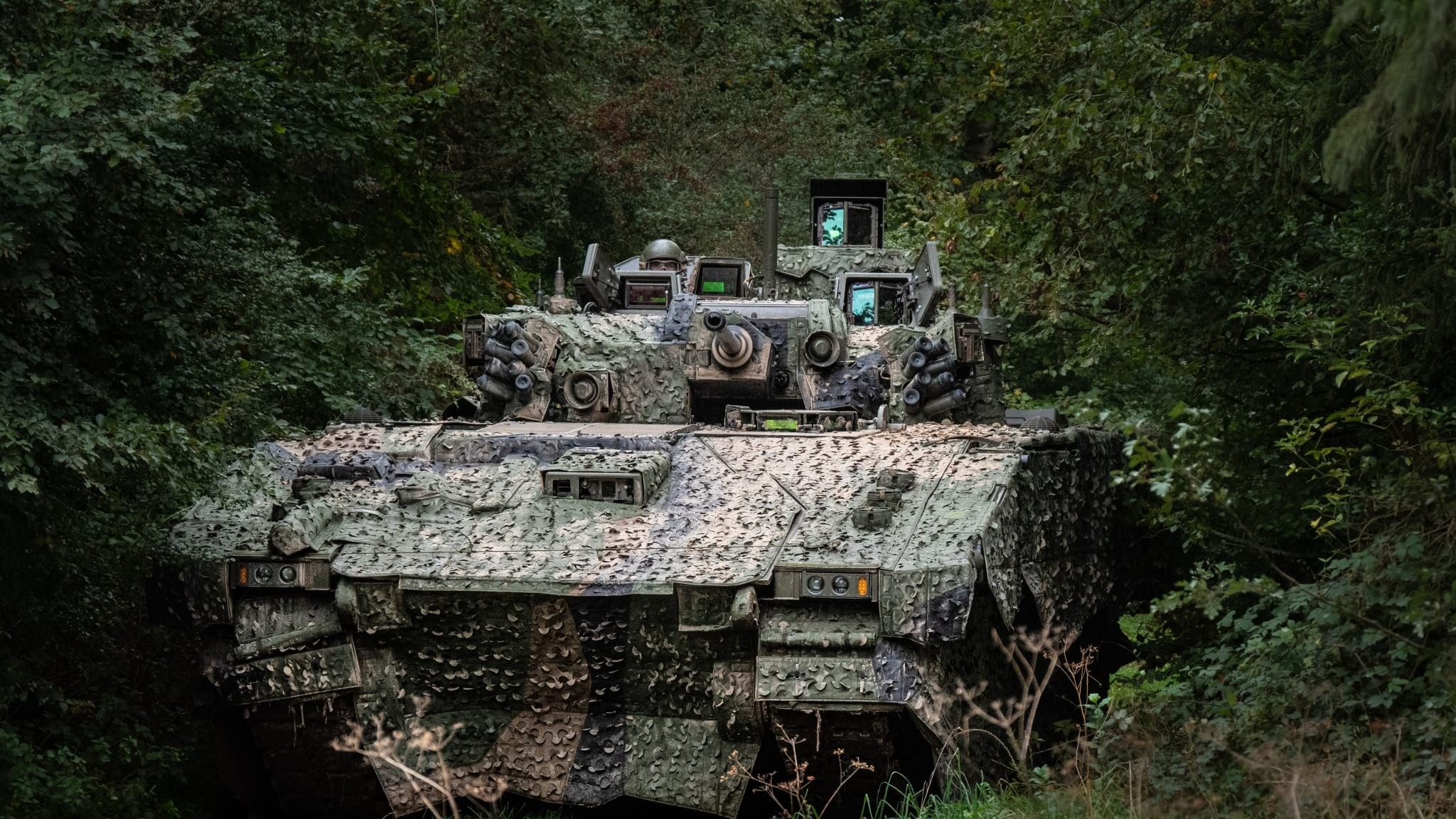Las lecciones aprendidas de los últimos conflictos en relación con las amenazas que enfrentan las plataformas estáticas y móviles, frente a la proliferación de los drones en misiones ISR y letales así como los sensores avanzados, han impulsado el mercado global de sistemas de “Camuflage multiesspectral”. Las estimaciones para los próximos 3 años, prevén que la demanda pasará de los US $200M actuales a US$500 M en 2028. El camuflaje multiespectral contribuye al ocultamiento de las plataformas citadas y dificulta su detección por modernos sensores operando en todo el espectro electromagnético.
The global multispectral camouflage market is projected to expand at an annual rate of 40 percent over the next three years due to a volatile security environment in several parts of the world, according to a report by Pickwick Capital Partners.
The growth will see spending on camouflage products, such as large nets and stick-on sheets, rise from $200 million to $500 million by 2028.
The main drivers of this growth are lessons learned about the threat of drones and advanced sensors from the Ukraine war and the conflicts in the Middle East, the report said.
Multispectral camouflage can shield static and mobile platforms from detection by sensors operating across the electromagnetic spectrum: radio waves, microwaves, infrared, visible light, ultraviolet, X-rays, and gamma rays.

Major Players
The market is led by Fibrotex USA and Saab Barracuda, with some smaller suppliers of emerging solutions, such as Ametrine, ArmorWorks, and DECPT.
Major prime contractors, such as BAE Systems and Rheinmetall, are also developing advanced camouflage.
“Never has combat’s ‘hider-versus-finder’ competition been more complex, or important,” Pickwick Managing Director and author of the report Mark Sauter said.
“The growing importance of battlefield concealment is generating increased demand for advanced camouflage by the US, European, and other allied militaries as they increase defense spending due to recent geopolitical events.
This includes threats from the People’s Republic of China, which wields a massive UAV (unmanned aerial vehicle, or drone) force and powerful range of battlefield sensors.”
Fuente: https://thedefensepost.com


